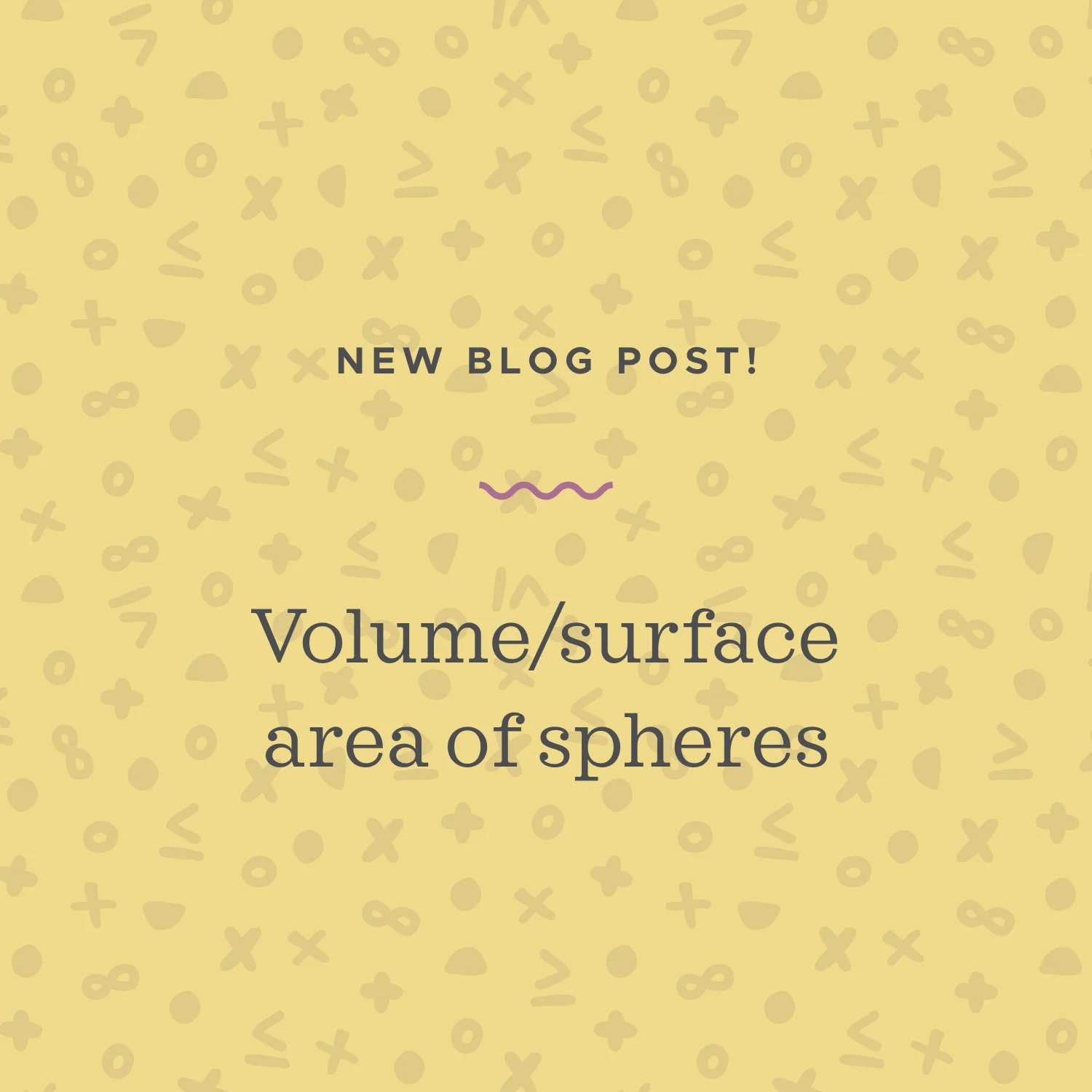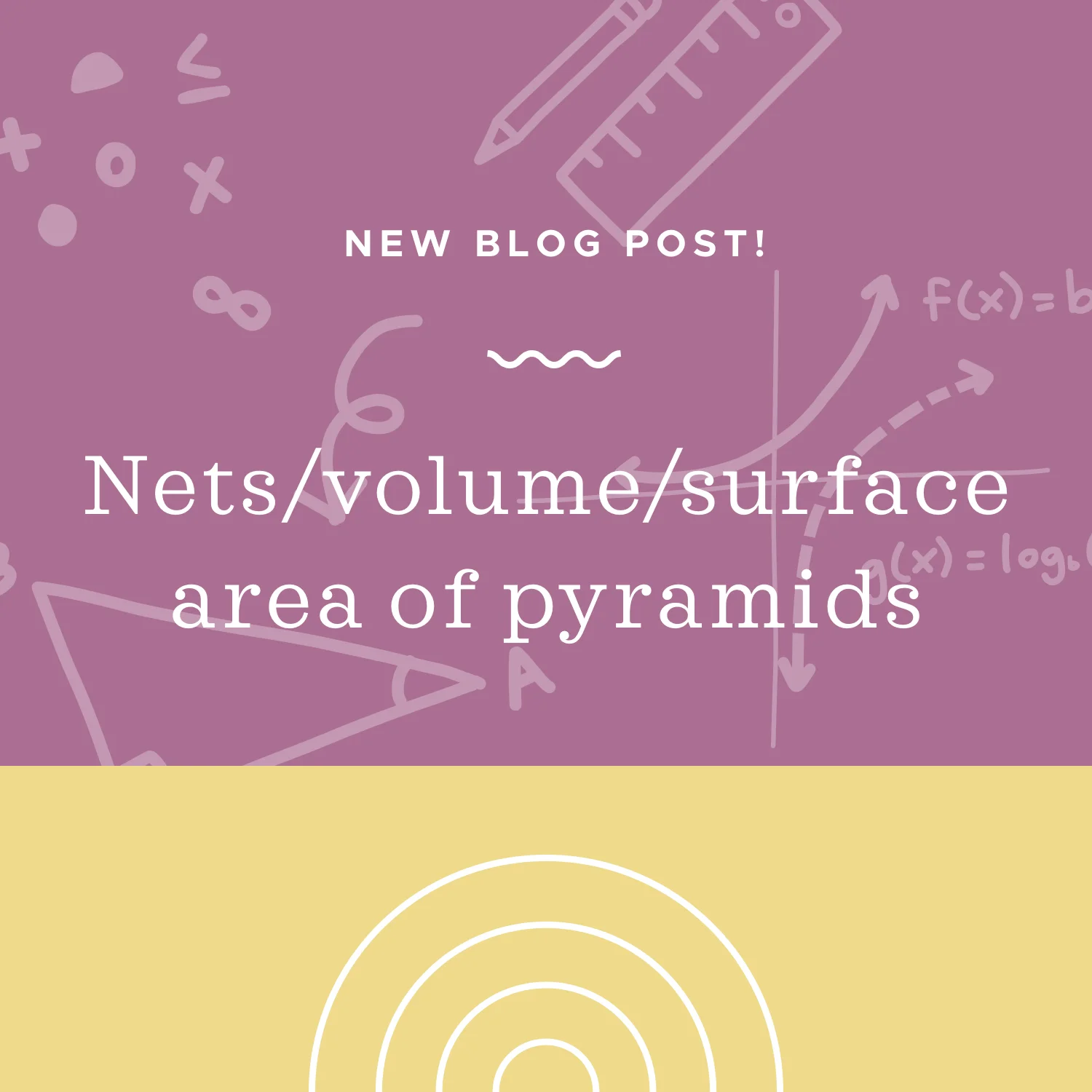We already know that we can use double integrals to find the volume below a surface over some region R=[a,b]x[c,d]. We can define the region R as Type I, Type II, or a mix of both. Type I curves are curves that can be defined for y in terms of x and lie more or less “above and below” each other. On the other hand, Type II curves are curves that can be defined for x in terms of y and lie more or less “left and right” of each other.
Read MoreWe already know that we can use double integrals to find the volume below a function over some region given by R=[a,b]x[c,d]. We use the double integral formula V=int int_D f(x,y) dA to find volume, where D represents the region over which we’re integrating, and f(x,y) is the curve below which we want to find volume.
Read MoreIn this lesson we’ll look at the volume and surface area of spheres. A sphere is a perfectly round ball; it’s the three-dimensional version of a circle. There are specific formulas we need to use to find the volume of a sphere and the surface area of a sphere.
Read MoreA pyramid has one base made of any shape and the rest of the faces are triangles. The pyramid is named by the shape of its base.
Read MoreThe Theorem of Pappus tells us that the volume of a three-dimensional solid object that’s created by rotating a two-dimensional shape around an axis is given by V=Ad. V is the volume of the three-dimensional object, A is the area of the two-dimensional figure being revolved, and d is the distance traveled by the centroid of the two-dimensional figure.
Read More






